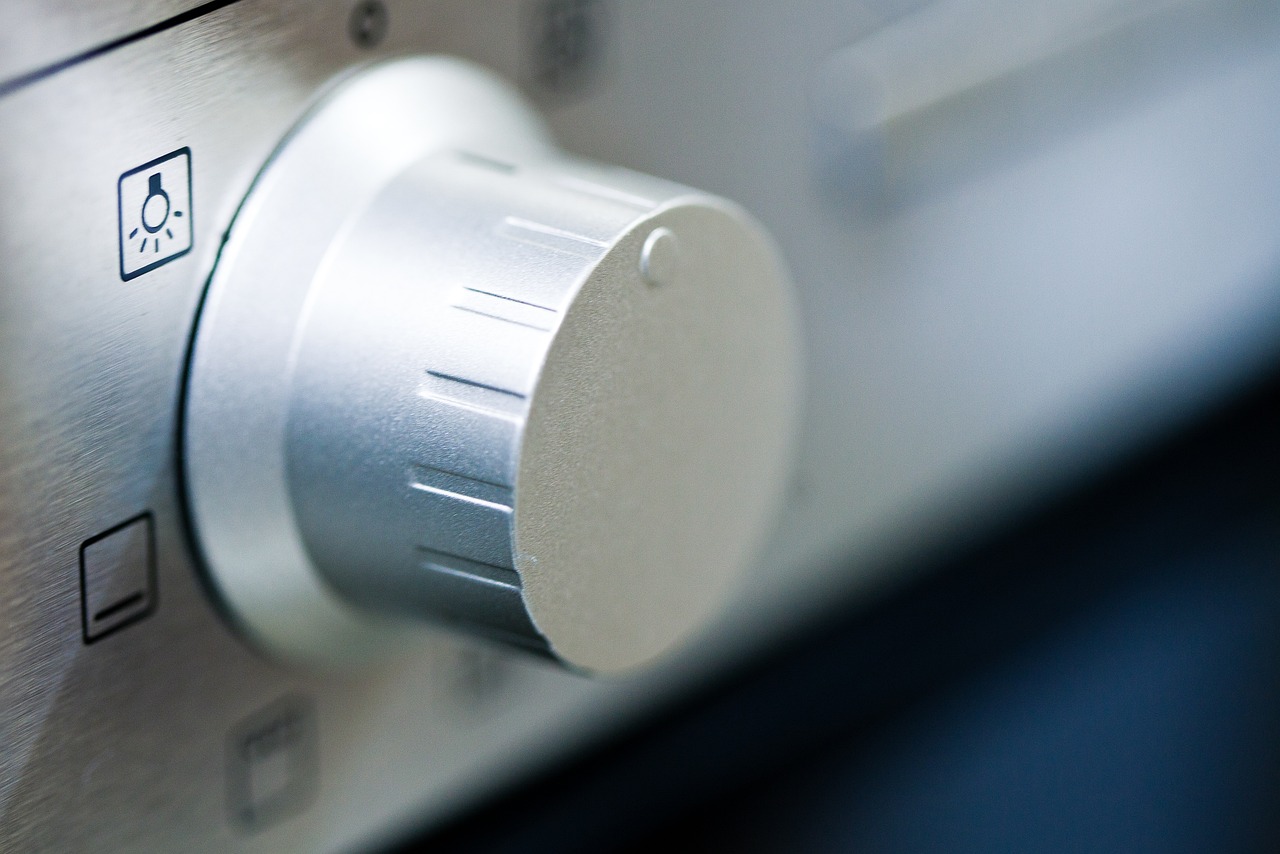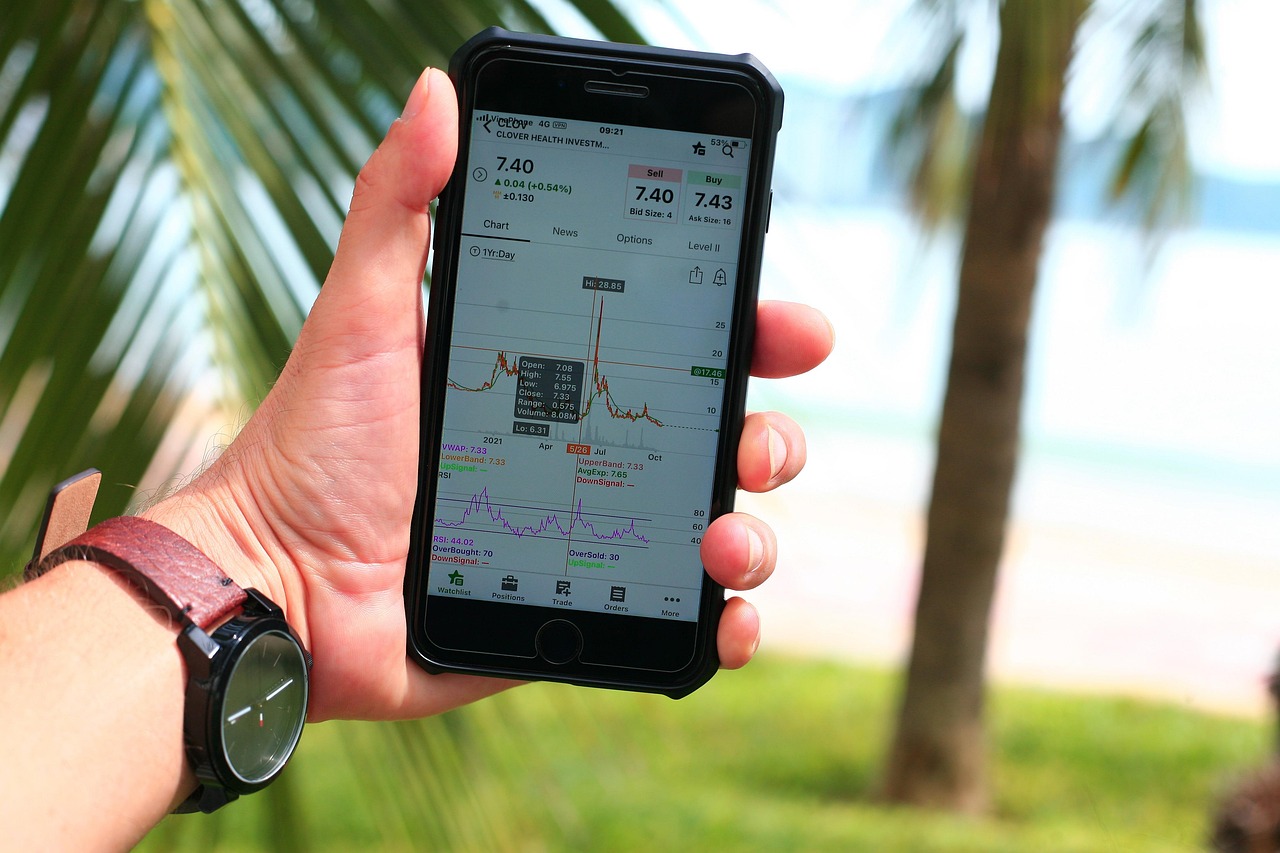Device Hygiene Scoring Adopted for Fintech Clients

In an era where financial technology (fintech) companies are increasingly targeted by cyber threats, maintaining robust security measures is paramount. One emerging approach that has gained traction is the adoption of device hygiene scoring. This method evaluates the security posture of devices accessing fintech platforms, providing a nuanced layer of defense against potential breaches.
Device hygiene scoring is a proactive security measure that assesses the health and safety of a device before granting it access to sensitive financial data. The scoring system evaluates several parameters, including the status of antivirus software, operating system updates, firewall configurations, and the presence of malware or suspicious applications. The primary goal is to ensure that only secure devices can interact with fintech services, thereby minimizing the risk of data breaches.
Globally, the adoption of device hygiene scoring is being facilitated by the growing sophistication of cyber-attacks and the increasing reliance on digital platforms for financial transactions. According to a report by Cybersecurity Ventures, cybercrime damages are projected to reach $10.5 trillion annually by 2025, emphasizing the need for fintech companies to reinforce their security frameworks.
One of the key benefits of device hygiene scoring is its ability to provide real-time risk assessments. By continuously monitoring the security posture of devices, fintech firms can swiftly detect and respond to potential vulnerabilities. This dynamic approach contrasts with traditional security measures, which often rely on periodic assessments and may not effectively address emerging threats.
In practice, device hygiene scoring involves several critical steps:
- Device Enrollment: All devices that need access to the fintech platform are registered and undergo an initial security evaluation.
- Continuous Monitoring: Devices are monitored for any changes in their security status, such as software updates or the installation of new applications.
- Risk Assessment: Each device is assigned a score based on its security posture, with higher scores indicating better security hygiene.
- Access Control: Access to the fintech platform is granted or denied based on the hygiene score, ensuring that only secure devices can interact with sensitive information.
The implementation of device hygiene scoring is not without challenges. One significant hurdle is ensuring user privacy while conducting thorough device assessments. Fintech companies must navigate the delicate balance between security and privacy, ensuring compliance with global data protection regulations such as the General Data Protection Regulation (GDPR) in Europe and the California Consumer Privacy Act (CCPA) in the United States.
Another consideration is the integration of device hygiene scoring into existing IT infrastructures. Fintech companies need to ensure that their systems can accommodate the additional data processing and storage requirements that come with continuous device monitoring and assessment.
Despite these challenges, the benefits of device hygiene scoring are compelling. By enhancing the security of devices accessing sensitive financial data, fintech companies can significantly reduce the likelihood of data breaches and build greater trust with their clients.
As cyber threats continue to evolve, the financial technology sector must remain vigilant and proactive in its security strategies. The adoption of device hygiene scoring represents a forward-thinking approach that not only protects valuable financial data but also enhances the overall resilience of fintech platforms in the face of an ever-changing cyber threat landscape.














